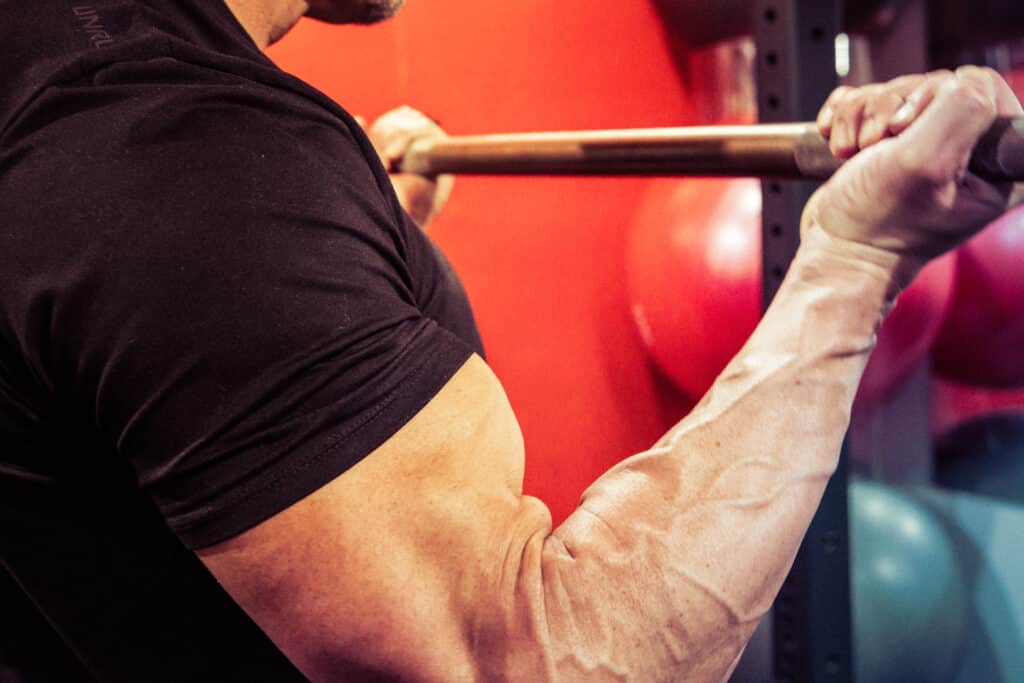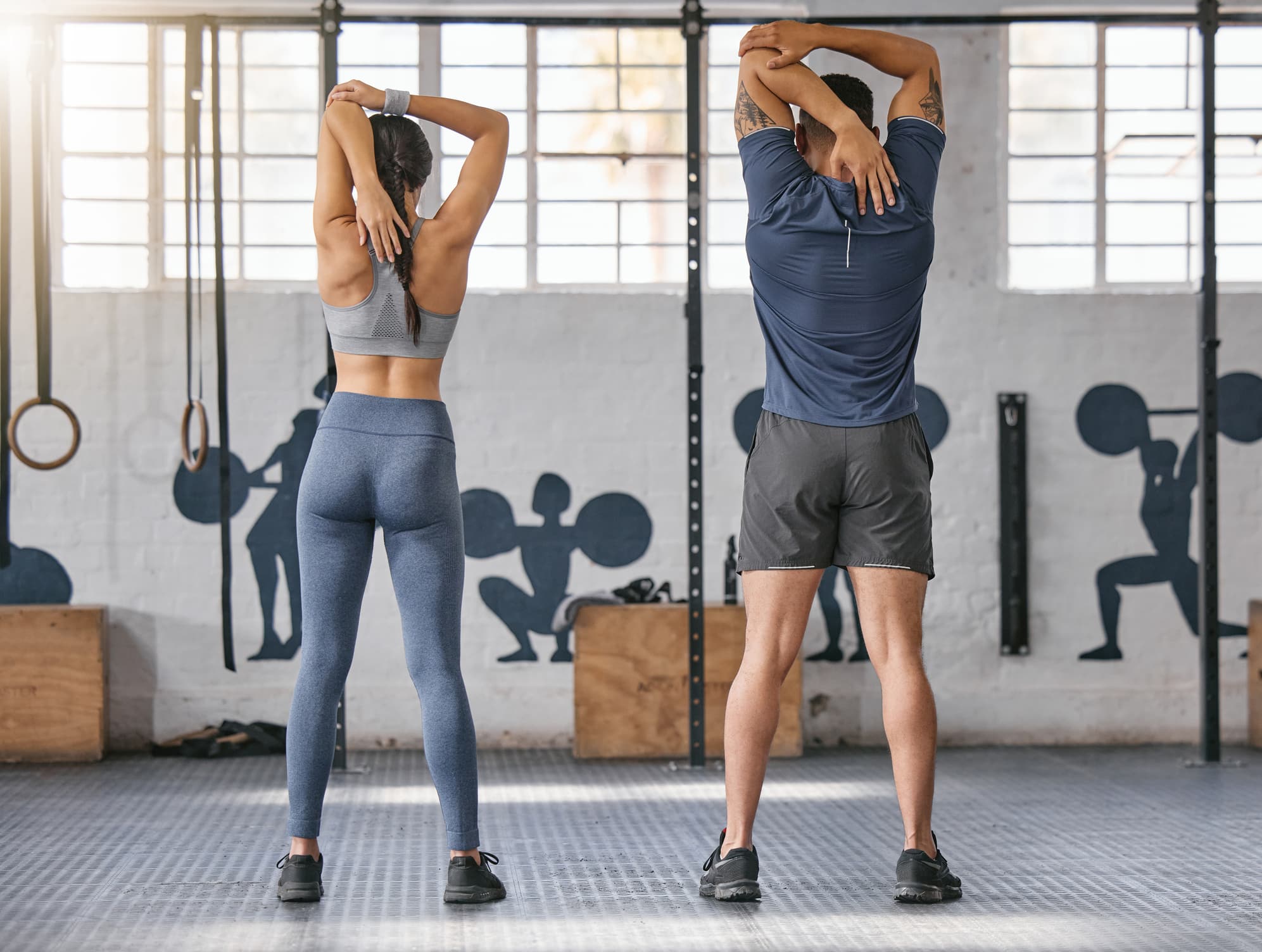Why You Should Care
For many people, working out means heading straight to the gym, going directly to the weights section, then immediately heading back home to relax. There are two fundamental steps missing in this routine that can be overlooked frequently: warming up and cooling down.
Warming up and cooling down techniques are slow-paced and low intensity, helping introduce the body to your workout and regulate your heart rate afterwards. These sets are vital to preventing injuries, building strength, and supporting recovery. There are several benefits to warming up and cooling down; read below on why you should always prepare your body and simple ways to do so.
Benefits of warming up
- Helps mental preparation
When you first enter the gym or lay out your mat at home, your mind needs to be focused on your body. Warming up is a great way to enter into that mindset so you can have undivided attention during your workout.
- Improves blood flow and oxygen levels
Warming up for 10-15 minutes increases blood flow to your muscles and releases oxygen from your blood at a faster pace. Muscles need more oxygen when you workout, so warming up can set your muscles up and make more oxygen available for your workout.
- Injury prevention
With increased blood flow and loosened joints, warming up helps prevent sudden injuries, including tears, strains, and pulled muscles.
Effective ways to warm up
There are several ways to warm up your muscles without taking a chunk out of your day. Slightly jogging, jumping jacks, walking on the treadmill, cycling on a machine, or jumping rope for ten minutes will set you up for success at the gym.
Benefits of cooling down
- Overall recovery
After you workout, your heart rate is higher than usual and lactic acid is built in your muscles. Cooling down exercises, including stretching, help lower your heart rate and blood flow back to normal. The lactic acid can be released from your muscles with low intensity movement as well, saving your muscles from extreme soreness and aching.
- Reduces dizziness
Your body after a workout will be exhausted: your oxygen levels will be lower and slower. Cooling down will increase some of those oxygen levels and reduce the feeling of dizziness, fatigue, and lightheadedness.
- Helps prevent Delayed Onset Muscle Soreness
Delayed Onset Muscle Soreness (DOMS) is the stiffness and pain felt after an intense workout a day or two after. Everyone knows the feeling when you’re too sore to lift up your arm or sit down in a chair. Stretching and gently cooling down can help release any tension built during a workout. It also increases flexibility, which will help your athletic performances in the future.
Effective ways to cool down
As stated above, stretching is a great option for cooling down after any workout. Taking 5-10 minutes and stretching your arms, legs, back, and joints can significantly reduce pain and stiffness. If you are running or doing a high intensity workout, slightly jogging or walking afterwards is a good way to put your body back to its resting state.
At Valor Elite, we prioritize warming up and cooling down for every personal training session. We value your health and what to improve your fitness journey. Working out is important, but working out correctly and in the right order is essential.
“When I feel tired, I just think about how great I will feel once I finally reach my goal.” —Michael Phelps

